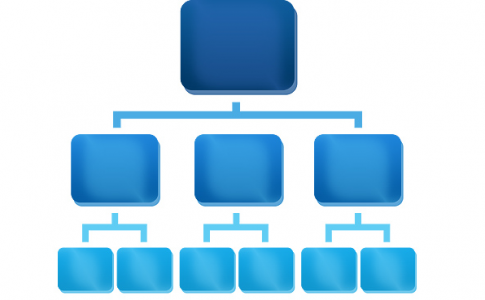[1] What is meant by synchronous condenser?
An over excited synchronous motor running on no load is known as synchronous condenser. It is used to improve the power factor of the system.
[2] Define Power Factor.
The cosine of angle between voltage and the current in an AC circuit is known as power factor.
- The value of power factor will always be less than 1.
- It is a usual practice to attach a word lagging or leading with the numerical value of power factor to signify whether the current lags or leads the voltage.
[3] What is the difference between fuse and circuit breaker?
(i) Fuse performs both detection and interruption functions. Circuit breaker performs interruption function only. The detection of fault is made by relay system.
(ii) The breaking capacity of fuse is very small compare to that of circuit breaker.
(iii) The operating time of the fuse is smaller than operating time of CB.
(iv) After every operation, replacement is required in the fuse. In case of circuit breaker, replacement is not required.
[4] What is meant by Sag?
The difference in level between points of supports and the lowest point on the conductor is called sag.
[5] What is corona?
The phenomenon of violet glow, hissing noise and production of ozone gas in an overhead transmission line is known as corona.
[6] How can we reduce the effect of corona?
1. By increasing conductor size:
By increasing conductor size, the voltage at which corona occurs is raised and hence corona effects are considerably reduced.
2. By increasing conductor spacing:
By increasing the spacing between conductors, the voltage at which corona occurs is raised and hence corona effects can be eliminated.
[7] What is tariff?
The rate at which electrical energy is supplied to a consumer is known as tariff.
The tariff should include the following items:
(i) Recovery of cost of producing electrical energy at the power station
(ii) Recovery of cost on the capital investment in transmission and distribution systems.
(iii) Recovery of cost of operation and maintenance of supply
(iv) A suitable profit on the capital investment.
[8] What are the various types of tariff?
1. Simple tariff
2. Flat rate tariff
3. Block rate tariff
4. Two-part tariff
5. Maximum demand tariff
6. Power factor tariff
7. Three-part tariff
[9] What are the advantages and disadvantages of nuclear power plant?
Advantages:
(i) The amount of fuel required is quite small.
(ii) It requires less space so it can be located near to the load centre.
(iii) Huge deposits of nuclear fuels available all over the world. So supply of electricity can be ensured.
(iv) It ensures reliability of operation.
Disadvantages:
(i) The fuel used is expensive and is difficult to recover.
(ii) The capital cost on a nuclear plant is very high as compared to other types of plants
(iii) The disposal of the by-products is a big problem. They are radioactive in nature.
(iv) The maintenance charges are high.
Also Read: Induction Motor Interview Questions
